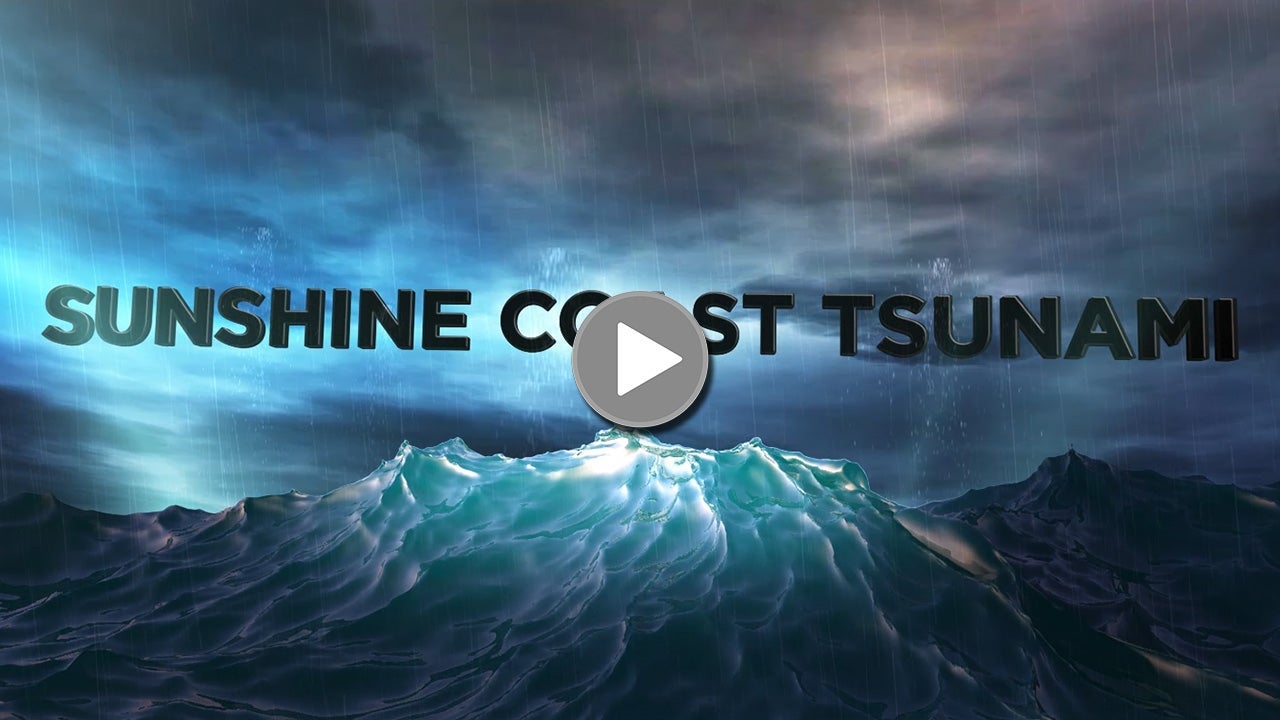According to the National Weather Service, there are an average of two tsunamis each year that cause damage near their source. This means that unlike hurricanes or tornados or forest fires, tsunamis are a much rarer occurrence. This fact alone means the risk of a tsunami hitting the Sunshine Coast is very low.
But what if the worst came to happen and we were one of the two unlucky locations to be struck by a tsunami? A 2006 study by EmergeX Planning for the SCRD explains that because of our location, the run-up potential for our region is less than two metres. Run-up is the amount of seawater that could be pushed up above normal sea level during a tsunami.
Maps on the SCRD website illustrate potential inundation areas along the Sunshine Coast. These examples theorize what would transpire should a 10-metre wave hit our shoreline.
But what if the worst came to happen and we were one of the two unlucky locations to be struck by a tsunami? A 2006 study by EmergeX Planning for the SCRD explains that because of our location, the run-up potential for our region is less than two metres. Run-up is the amount of seawater that could be pushed up above normal sea level during a tsunami.
Maps on the SCRD website illustrate potential inundation areas along the Sunshine Coast. These examples theorize what would transpire should a 10-metre wave hit our shoreline.
Not great (but not cataclysmic) for Gibsons
Gibsons would escape with relatively little damage. While the marina and infrastructure and property along Marine Drive would likely be devastated, most of the town wouldn’t feel the direct consequences of a large, 10-metre tsunami.Bad news for Roberts Creek and Wilson Creek
The destruction in Roberts Creek and Wilson Creek would be more wide spread. In Roberts Creek, 10 metres of water is shown to reach as far up as Highway 101. The pier, beaches, and shops and restaurants would probably take heavy damage.Wilson Creek would be in the same boat. Because of its relatively flat elevation, water would reach past the highway and invade the shopping plaza, the car dealership, and the Canadian Tire. Damage to property and infrastructure could be immense.
Gets worse for Sechelt & Pender Harbour
Further up coast, Sechelt and Pender Harbour would appear to be the hardest hit by our hypothetical tsunami.Large swathes of central Sechelt would be decimated, and the northern part of the peninsula would likely be completely cut off from the rest of the province until the waters receded. As the EmergeX report points out, much of the District centre is flat and home to critical infrastructure. This is compounded by the limited sheltering of local offshore islands.
It’s a similar story in Pender Harbour where many parts of that community would find themselves underwater or cut off from the rest of the region.
Tsunami Tsafety
So, what should you do when you hear there’s a tsunami warning for the Sunshine Coast? Ready.gov provides these safety tips:- If you’re on land, head toward high ground that’s as far inland as possible and stay there until officials tell you it’s safe to return.
- If you’re in the water during a tsunami and it’s impossible for you to reach shore, find anything that floats and hold on tight.
- If you are in a boat, then face the direction of the waves and head out to sea. However, if you’re in a harbour, go inland instead.
- When the tsunami retreats, there’ll likely be flooding and damage to infrastructure and property. Do your best to avoid floodwaters as they’ll be full of debris and additional hazards could be hiding under the surface.
Best to be prepared
While a tsunami hitting the Sunshine Coast is exceedingly unlikely it’s always best to be prepared for any emergency.
You should have an emergency kit at home, at work, and in your car. You should also contact your insurance company and double check your coverage for things like an earthquake, flooding, and or a tsunami.
Tony Browton - TrueBlueRealty.ca
Personal Real Estate Corporation
Re/Max City Realty (Gibsons)
Phone: 604-886-3760
Mobile: 604-418-2695
Fax: 604-886-3760
Toll Free: 1-800-986-2670
WEBSITE: http://www.TrueBlueRealty.ca
FACEBOOK: https://www.facebook.com/TRUEBLUETONY
Personal Real Estate Corporation
Re/Max City Realty (Gibsons)
Phone: 604-886-3760
Mobile: 604-418-2695
Fax: 604-886-3760
Toll Free: 1-800-986-2670
WEBSITE: http://www.TrueBlueRealty.ca
FACEBOOK: https://www.facebook.com/TRUEBLUETONY
